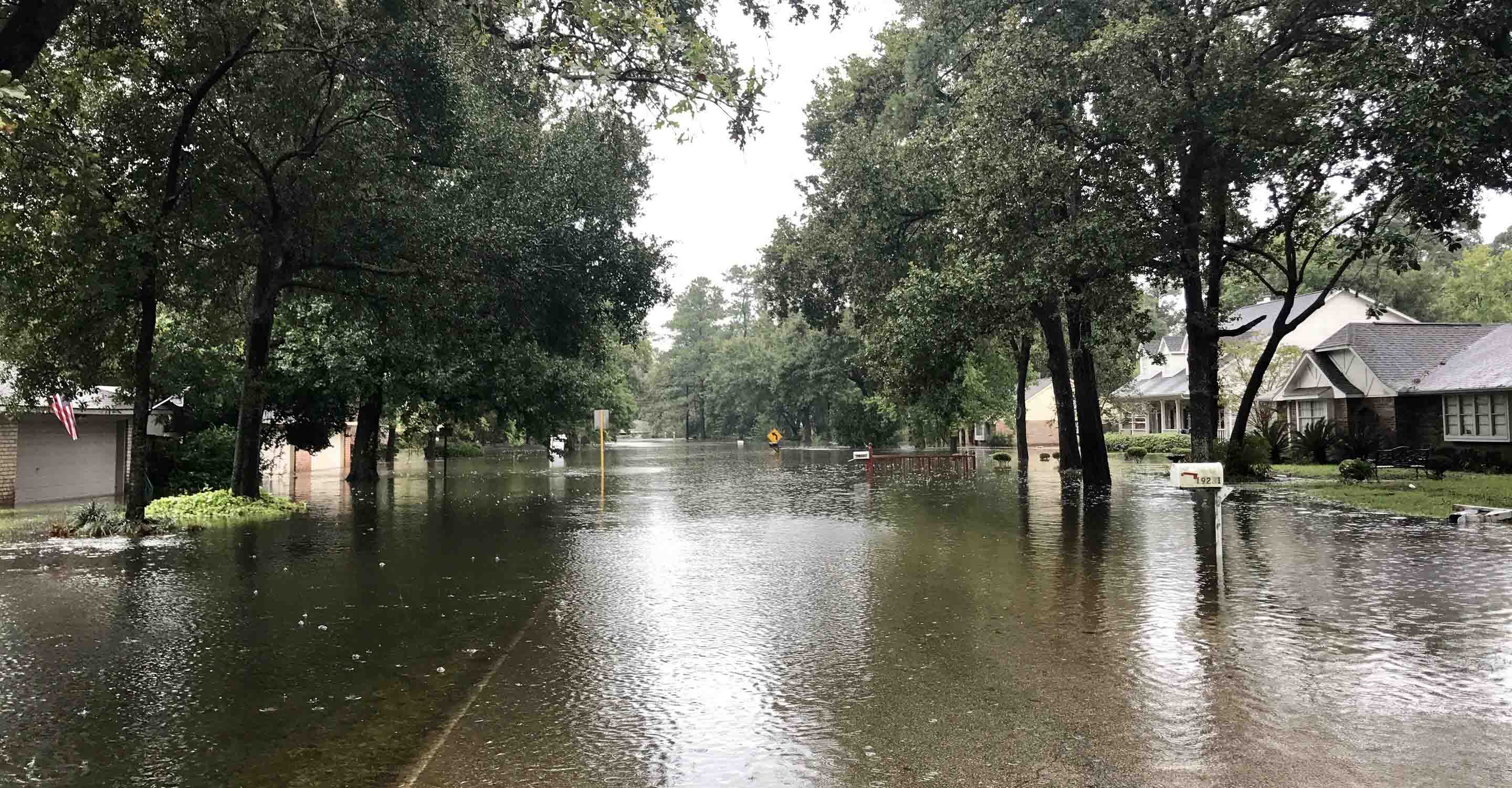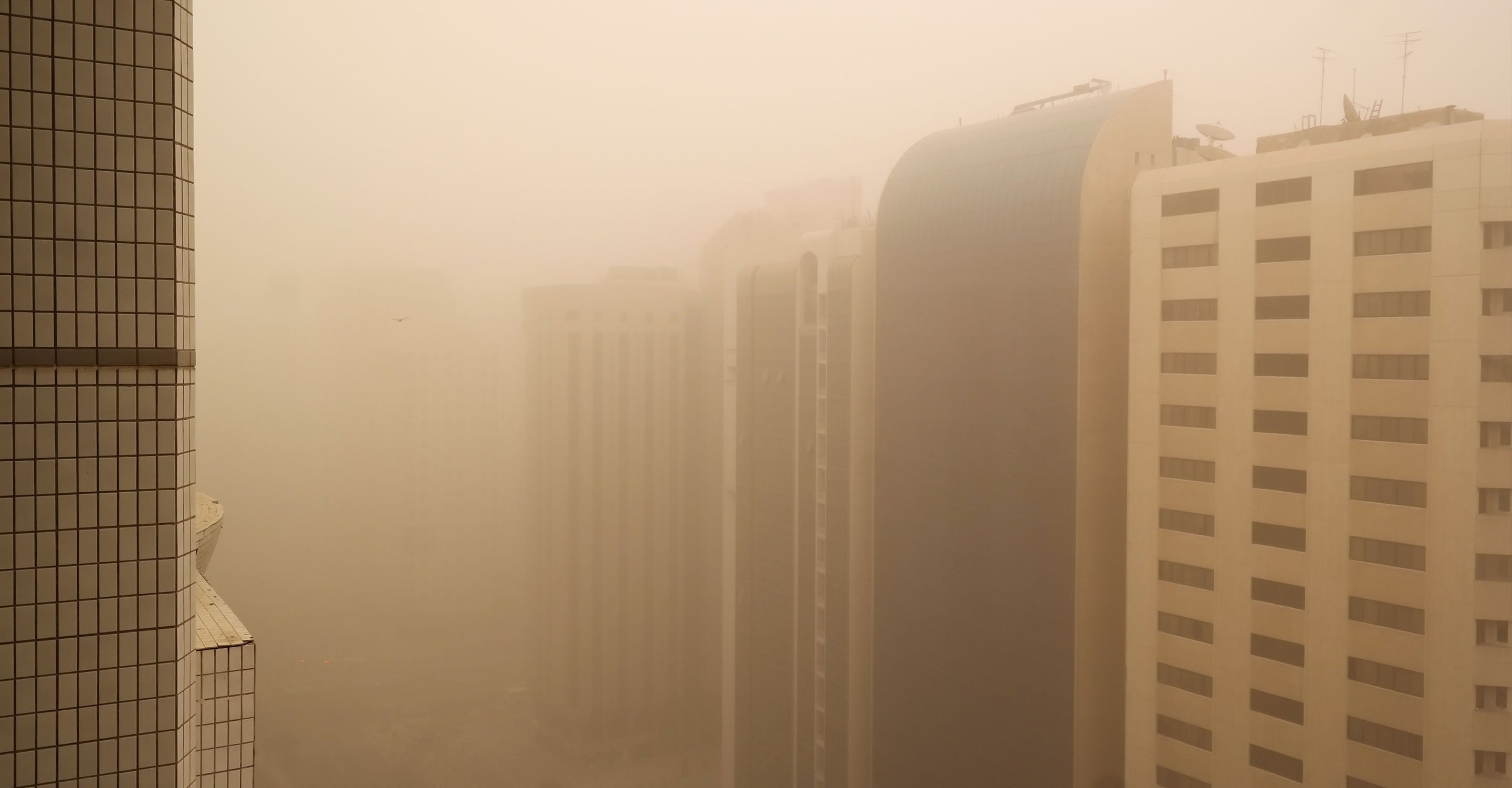Son Tay air quality map
Live air pollution map of Son Tay
8K people follow this city
Full screen
Contributors category
0
Government
0
Educational
0
Non-profit organization
0
Corporate
0
Individual
0
Anonymous
Station(s) operated by

*IQAir’s AQI data modeled using satellite data. Learn more
Health Recommendations
| Sensitive groups should reduce outdoor exercise | |
| Close your windows to avoid dirty outdoor air GET A MONITOR | |
| Sensitive groups should wear a mask outdoors GET A MASK | |
| Sensitive groups should run an air purifier GET AN AIR PURIFIER |
Son Tay does not have air sensor data
Be the first to measure and contribute air quality data to your community.
Understand air pollution and protect yourself
Son Tay MAP AIR QUALITY ANALYSIS AND STATISTICS
What interesting information about air quality can be got from the air pollution map for Son Tay?
The air pollution map for Son Tay is very easy to access from the main city page. At the top of this page is a small map icon, which when selected will open a new page showing all information about air quality in and around the city.
The first noticeable aspect will be the overall colour of the page. At the start of September 2022, it was a greenish/yellow which would classify it as “Moderate” to “Unhealthy for sensitive groups”. The explanation of the significance of the various colours can be seen in the legend at the foot of the page.
Not every city across the globe has ground-level air monitoring systems and Son Tay is one city that has no such system. Instead, it relies on data taken from satellite imagery of the area. This can be just as reliable as data provided at ground level. Looking back at the main city page, the viewer will see an asterisk to the right of the US AQI number at the head of the page. This asterisk shows that the data quoted on the pages comes from satellite images.
This US AQI reading is calculated by measuring the levels of six of the most prolific pollutants found in the city air. Once calculated it is used as a metric when comparing air pollution in other cities around the world. It is both encouraged and endorsed by the World Health Organisation (WHO).
During the third quarter of 2022, Son Tay was experiencing a period of air quality classified as being “Unhealthy for sensitive groups” with a US AQI reading of 110. The main pollutant measured was PM2.5 which was found to be 39.2 µg/m³ which is almost eight times the recommended level of 5 µg/m³ as suggested by the WHO.
Does the air pollution map for Son Tay hold any other valuable information?
When the air pollution map is opened in full-screen mode a list of four items will be seen on the far left-hand side of the screen. These can all be toggled on and off as desired.
The first choice would show the location of the ground-level air monitoring stations, but as already stated, there are none in Son Tay as it relies on satellite imagery for its air quality data.
The second option reveals the location of any wildfires that happen to be burning in the vicinity. Currently, there is one burning to the northeast of Son Tay near Huong Canh. By checking option four, it is possible to see the wind speed and direction which will indicate whether or not the smoke will affect the city. Currently, Son Tay lies directly in the path of the prevailing winds so may be affected by the smoke.
Option three is perhaps the most dramatic as it can change the entire background colour of the map to reflect the current air quality. At the moment the overall colour indicates poor air quality due to its dark greenish/yellow colouring. If the viewer finds the colour to be too confusing, then it can be turned off and the map will revert to a more natural hue.
Across on the far side of the air pollution map for Son Tay can be found a table which ranks world cities according to their level of air pollution.
Can areas of higher pollution be seen on the air quality map for Son Tay?
Because there are no ground-level stations in Son Tay it is impossible to identify areas of higher pollution. Satellite imagery looks at the entire city as a whole. Local people may know where the industrial zones are which usually have higher levels of pollution due to the nature of their activity. Very often the city centre shows elevated levels too due to the high volume of traffic using the roads each day. Many of these vehicles are very old and therefore do not meet existing emission regulations, but this situation would be very difficult and expensive to remedy.
Does the source of air pollution show up on the air quality map for Son Tay?
The source of all the polluted air does not appear on the air pollution map for Son Tay. However, sources of air pollution include industry (point source), road traffic, cooking fuel activities of households, restaurants, gas stations, building material stores, construction sites, garages, pagodas and straw burning. The black honeycomb charcoal briquettes are particularly bad but they are cheap and readily available and it will take a long time before their use decreases.
Air pollution itself is a very complex problem, it involves many different types of pollutants, ranging from dust particles of various sizes to gaseous pollutants and is highly dependent on the environment and various factors such as meteorological conditions, human activities, etc.
We see PM2.5 is used as a benchmark on the air pollution map for Son Tay, but what is it?
PM2.5 or PM10 are air quality indicators, indicating the size and density of particles floating in the air. PM2.5 dust is suspended dust particles with a diameter of less than or equal to 2.5 µm (microns/micrometres). PM10 dust is suspended dust particles with a diameter of less than or equal to 10 µm (microns/micrometres).
Particulate is a term used to refer to very small liquid or solid particles floating in the air. These particles can be made up of many different substances, such as carbon, sulphides, nitrogen gas, and metal compounds, etc. To environmental scientists, these floating particles refer to pollutants which are very small and can be carried in the air, which is one of the main causes of air pollution.
According to research by scientists, particles with a diameter of less than 10 micrometres are particles that can be inhaled by humans when breathing, they will accumulate in the lungs, causing harm to human health. Particles less than 2.5 micrometres in diameter are particularly dangerous because they penetrate directly into the alveoli and transfer into the bloodstream and therefore travel around the body.








